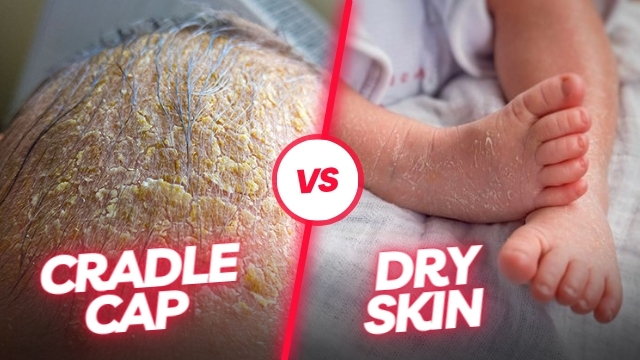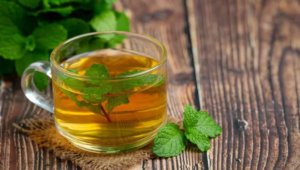5 Most Common Skin Diseases During Infantile Period
Toddlers, ages 0- 1, are very vulnerable to various skin diseases, including the five most common ones described in this article.
Due to skin sensitivity and hormonal transfer, infants face various problems during one year.
First, as a mother or father, you have to know about what disease your infant is dealing with and then look for its treatment.
5 Most Common Skin Diseases During Infantile Period
Neonatal Acne
Also called baby acne, it is a common skin disease that affects around 20% of newborns within the first few weeks. It mostly attacks the face, but it can also be seen on the neck, chest, and upper back.
Most people confuse acne with pimples and think both are diseases with similar looks. The reality is that acne is a disease, and pimples are the symptom of this disease.
Hormonal transfer through breast milk is a possible cause of this condition. To treat baby acne, rely on medicated products. In addition to treatment, follow precautionary measures to avoid severe symptoms.
Avoid beauty products and oily items. Avoid touching the face or areas affected by pimples. Reduce long exposure to heat and sunlight. It can last weeks to months. If you don’t see improvement, visit a doctor.
Heat Rash
Any kind of skin irritation can be referred to as a rash, but a heat rash is different from a regular rash.
When a baby’s skin gets trapped and the sweat doesn’t have space to move or evaporate, it can lead to redness, inflammation, itching, patches, and blisters (sometimes).
The blocked sweat ducts are the main reason for heat rash. The exact cause could vary.
It mainly causes tiny red bumps on the skin. It can appear anywhere on the body.
To prevent its extreme symptoms, you can avoid frequent exposure to heat, keep your baby’s skin and body hydrated, keep your baby’s clothing light and loose, and give your infant regular baths.
Oatmeal baths and aloe vera are safe and effective remedies for its treatment. If the condition doesn’t improve or worsens, visit a doctor.
Cradle cap
Often known as seborrheic dermatitis, it is one of the most common conditions parents see in their infants. The crusty flakes formation, scaly patches, greasy-looking or dry scalp, and a mild smell are the results of cradle cap.
Still, it is different from dry skin. See the cradle cap and dry skin explanation for better distinguishing both terms.
Cradle cap refers to seborrheic dermatitis in children, while in adults, it is more commonly known as dandruff.
The symptoms in children are more severe than in adults. It starts on the scalp but can spread to other body parts if not treated.
Cradle cap shampoo is the best way to restore your baby’s skin to its normal state. After this, there is no need to use additional products.
Eczema
Eczema is the most common skin condition in the infantile period. Children are more vulnerable than adults. It leads to inflamed bumps, redness, itching, dry and cracked skin, and blisters; this chronic condition is the most dangerous of all the diseases described in this article.
Even mild symptoms need proper care, precautions, and treatment. They should not be left as they are.
First, keep your baby away from long exposure to heat and sunlight. Provide enough moisture to your infant’s skin. Give your baby enough baths to keep the skin clean. For proper treatment, visit a good dermatologist.
Ringworm
As its name suggests, this disease causes the formation of ring-shaped patches on the skin. It is not a severe condition, but if left untreated, it can lead to some complications. It can appear on any body part.
Medicated products, lotions, and creams can be used to treat ringworm. There is no need to visit a doctor.
However, you must avoid certain things. Keep the area clean and dry. It is a contagious infection, so separate your baby’s towels, clothing, and accessories until the symptoms are completely gone.
Conclusions
There is a high chance of your baby getting at least one of these five diseases at least once during the infantile period, so it is very important to know about each disease and how to treat it.
You can consult with a doctor if your infant gets any disease. It is better to approach your baby’s skin professionally and avoid using home remedies or leaving the disease as it is.

















